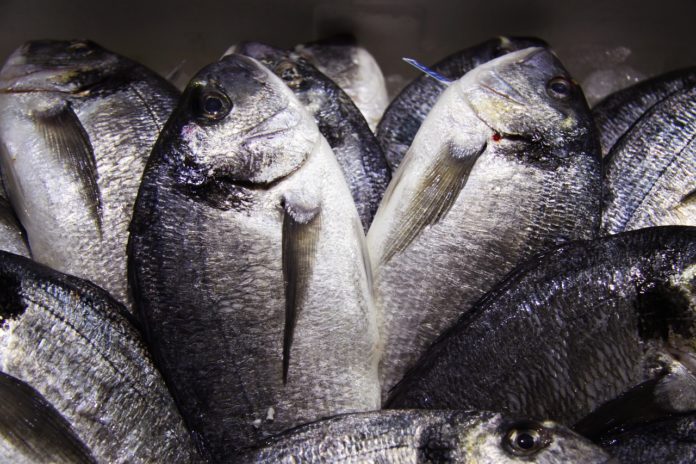
Tim McKee, a well-known name in Twin Cities restaurants, has a vision. It’s not a complex vision, but it is an important one: To bring sustainably-raised seafood, much of which was previously unavailable or at the very least hard to find, to the good people of Minnesota.
In joining The Fish Guys last year, McKee brought his skill and expertise to something other than the traditional kitchen model; it offered a glimpse of what an award-winning chef could do after achieving pretty much everything there is to achieve in the local restaurant world.
Now, he plans to take his passion for sustainable seafood even further.
Market House Collaborative
The Market House Collaborative, named for the building in which it will be housed (itself named for the Farmer’s Market outside) and the fact it will indeed be a collaborative, is the largest food-based project St. Paul has seen in years.
It’s been all over the local news, from the City Pages praising “rock star” Tim McKee, to MSP Mag calling out Minneapolis Mayor Betsy Hodges and the increasingly unfriendly business climate for restaurants as the reason why this is opening in St. Paul and not Minneapolis, to the Pioneer Press simply giddy about the prospect of something like this opening in the capital city.
But there is certainly reason to be giddy.
The Collaborative, part fish market, part butcher shop, part bakery, and part restaurant, is something new to the city; there’s nothing else like it and, as far as we know, never really has been. It signifies a change in the landscape: where there were an (over)abundance of pubs and breweries opening up, here we have something creative and unfamiliar that fills a void most probably didn’t even realize was there.
A fish market, sure, but also a seafood restaurant turning the same fish you can bring home with you (and we can’t emphasize the buzzword “sustainable” enough here: seafood sans guilt) into dinner + a butcher shop offering the finest in meats, also available to be cooked up for you at your selection in the restaurant + a bakery, because neither Minneapolis nor St. Paul has nearly enough bakeries.
It’s everything, all together, open year-round and connected to Minnesota’s oldest (and arguably very best) Farmer’s Market.
As Lenny Russo, co-owner of the building (where his Heartland Restaurant helped shape the current Lowertown landscape), said,
“For those of you who still view Saint Paul as a sleepy river town, I would encourage you to reevaluate your perceptions. Saint Paul is booming, and we are anxious to welcome developers who share our vision for the future.”
Heartland, which had a small, important market of its own (which will lend well to the Collaborative) as well as basement butcher shop (see how this all makes sense?), started something that is now being elevated to the next level.
It feels now as though the hard work, the blood, sweat, and tears, of pioneering St. Paul businesses and restaurateurs were not unfounded. Those who stuck it out in hot kitchens battling cold indifference from the larger city can now point to this project and say, See? We were right all along.
On the one hand, it’s a business. A city is supposed to be full of them. Not much to make a big deal out of. But those who have lived in St. Paul for long enough know that, on the other hand, a project like this would have been unheard of even five years ago.
Lowertown didn’t have many street-level businesses until fairly recently, let alone something as innovative as this: It’s not just any old business; just another money-maker cashing in on the Lowertown boom and the success of the Saints stadium (etc). It’s not just forcing a Cowboy Jack’s into a space knowing that free-flowing shots of Fireball and cheap beers and mechanical bulls are an easy win and the neighborhood be damned.
Expanding on established culture, i.e. the Farmer’s Market outside, the Lowertown district’s history of supplying goods for the city, and the utilization of historic spaces in new and interesting ways, means that St. Paul is not only living up to the hopes and dreams of Mayor Chris Coleman, not just finally filling vacant spaces that have for years longed for activity. It’s creating a landscape that has an identity; a city that stands out as something unique as the past seems further and further away, and the future draws so near.
Read this next: Salty Tart is exactly what Market House was missing
















